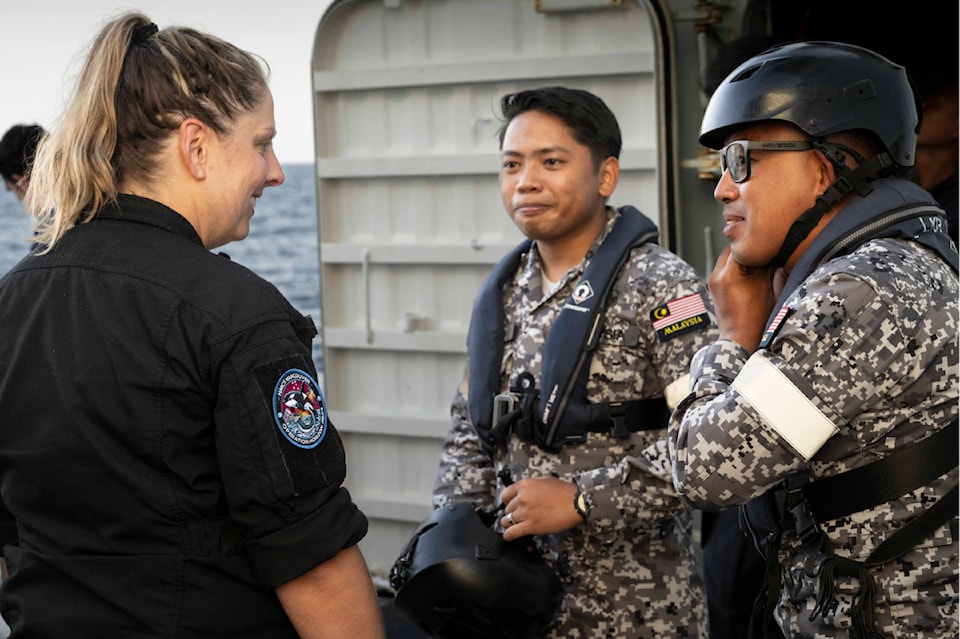Along with over 30 nations, the Royal Canadian Navy (RCN) is participating in a maritime exercise with the goal of strengthening relationships with allied and partner navies and training personnel as tensions rise in the Indo-Pacific region.
Starting on Sept. 9, the Royal Australian Navy’s "flagship" maritime exercise, Exercise Kakadu, drew nearly 3,000 personnel from dozens of countries and over 10 warships, submarines and aircraft, including Canada's HMCS Vancouver, a Halifax-class frigate that is based in CFB Esquimalt.
Lt.-Cmdr. Malorie Aubrey, executive officer of HMCS Vancouver, said the exercise will enable Canada to better integrate with other regional partners and foster relationships at the lowest level as they work together on the "complex" exercise.
"Canada and our partners have a common goal, a free and open Indo-Pacific. The deployment of RCN ships is aimed at working with allied and partner nations to enhance military cooperation and promote peace, resilience and security in the region," she said in an emailed statement to Victoria News.
The exercise also sees participation from nations outside of the Indo-Pacific to increase collaboration on a global level to enhance interoperability and maritime war-fighting capabilities of participating nations.
"Ultimately, exercises such as Kakadu help us work with partners to contribute to an Indo-Pacific that is peaceful, stable, prosperous and respectful of the rules-based international order," said Aubrey. "HMCS Vancouver’s participation in Exercise Kakadu is a great example of how we are building military-to-military confidence and partnerships through the [Indo-Pacific strategy]. The maritime environment is very complex and no one nation can safeguard it alone."
Aubrey says the exercise, along with other international exercises, focuses on communication and information sharing. Every nation has unique ships, equipment, tactics and procedures so units will focus on operating on common communication circuits and sharing their common operating picture through a communication system called Tactical Data Link.
Once communications are established, units coordinate tactics at increasing complexity and tempo.
"For example, later in the exercise, units will attempt to locate an exercise submarine while combating both hostile aircraft and small boats. The exercise progresses through a walk, crawl, run manner so that we can increase complexity together," Aubrey said.
Throughout the exercise, HMCS Vancouver will perform the role of flagship for the Combined Task Group 628.2, which consists of American destroyer USS Dewey, Malaysian ship KD Lekir, and Australian frigate HMAS Stuart.
As one of the "major" warships in the exercise, HMCS Vancouver will focus on anti-submarine warfare, air defence and anti-surface warfare, with Commodore David Mazur, Commander Canadian Fleet Pacific, serving as the task group commander.
"The training will culminate in a 24-hour free-play phase in which the task group will defend the maritime approaches to the north and west of Darwin from the opposing RED Force," said Aubrey.
Exercise Kakadu has been a biennial exercise since 1993, and this year is its 16th iteration.

